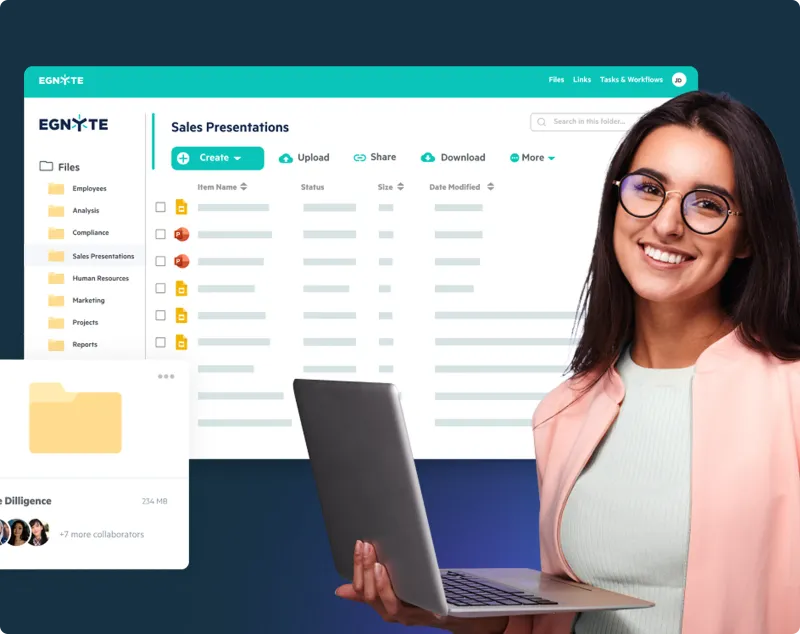Last month, we published an article highlighting the most recent AI tools and technologies within the AEC (Architecture, Engineering, and Construction) industry, and it garnered significant attention. We received numerous messages and comments containing valuable suggestions for additional products. After thorough review and consideration, we are pleased to introduce some of these noteworthy additions to our initial list.
Please note that the grayed-out tools in the image below are part of our initial list, and you can find their descriptions in the original article here.

1. Planning and Programming (Pre-Design)
Initiating the project’s design phase, AI-powered generative design platforms such as Giraffe technology and Digital Blue Foam assist professionals by leveraging advanced algorithms and machine learning capabilities to generate innovative design concepts and solutions.
Giraffe Technology offers a comprehensive platform for professionals, providing tools for generative drawing, data-driven decision-making, audience engagement, and scalable knowledge management. Likewise, Digital Blue Foam harnesses the power of AI generative design and spatial analytics to empower leaders in design, construction, and planning, providing them with generative design, spatial analytics, and AI-driven optimization capabilities.

Additionally, in the pre-design phase, tools like Building Radar can be used for revenue engineering, empowering sales teams in the AEC industry to discover and capitalize on untapped revenue potential, by combining AI data insights, process improvement, and talent development.
2. Schematic Design (Conceptual Design)
AI-powered tools like Autodesk Forma (formerly Spacemaker) and OMRT are transforming the early architectural design process by providing architects with vital insights and assistance. Forma streamlines the design process by rapidly exploring various design options, factoring in site conditions, zoning regulations, and user preferences, leading to more informed decision-making and efficient design revisions. Similarly, OMRT utilizes data analysis and AI-driven insights to recommend design options that optimize energy efficiency, sustainability, and occupant comfort.

Efficient rendering and visualization play a vital role in the design process. AI-driven tools such as Sketchpro.ai and Enscape are revolutionizing this aspect by harnessing AI technology to accelerate the rendering process. Sketchpro is the first product that leverages AI to render designs with high fidelity in seconds. You can import sketches, elevations, or 3D models, and customize exterior and interior perspectives to suit your unique styles.

Enscape, in collaboration with NVIDIA technology, is enhancing its visualization and rendering capabilities for the AEC industry. By leveraging NVIDIA graphics card features, Enscape can deliver larger, higher-quality presentations with improved frame rates. You can learn more about Enscape’s improved performance in this excellent article by Dan Stine.

3. Design Development
As the design progresses into the development phase, AI-powered platforms like Civils.ai and Sloyd can expedite the process. Civils.ai automates data extraction from PDF geotech reports, offering geological data in AGS and Excel formats, 3D site models, 2D site sections, and streamlined project documentation for cross-discipline coordination. Meanwhile, Sloyd is on a mission to empower creators by providing an easy-to-use 3D creation tool, reducing the time and resources required for meticulous asset modeling.

4. Construction Documentation
The construction documentation phase is frequently the most time-consuming phase of design, and companies like BIMLOGIQ and Mbue are building AI-powered solutions to automate the process.
BIMLOGIQ offers AI-powered tools, including “Smart Annotation” for enhanced Revit documentation, “Smart Schematics” for easy 2D drawing creation from 3D models, and a forthcoming “BIMLOGIQ Co-pilot” generative AI tool for seamless interaction with Revit, marking a significant leap in user-friendly design and functionality.
Mbue is also a web based application that utilizes AI to instantly review technical drawings in PDF format. It’s like “autocorrect” but for construction documents and technical drawings.

5. Bidding and Negotiation (Procurement)
In the pre-construction phase, the use of AI-driven tools like Sparkel, and Plannerly enhances the preparation of contract documents. Sparkel is an AI-powered cloud solution that simplifies and accelerates the extraction of information and quantities from designs, be it drawings or BIM models. It also offers user-friendly features for element classification, element splitting, and information querying, making it an ideal platform for intelligent interactions with project designs.

Meanwhile, Plannerly’s AI-powered tools enable the rapid generation of various documents, including technical plans, contracts, and project proposals, streamlining the documentation process.

Additionaly, Document Crunch and Octant AI are transforming contract analysis and project performance evaluation. Document Crunch offers an AI-assisted platform designed to identify risk provisions within construction contracts, offering guidance to project teams for decision-making throughout the project’s lifecycle. Similarly, Octant AI offers precise and earlier insights into various project performance aspects, including time, cost, revenue, and other critical factors. It is calibrated based on extensive data from thousands of projects and outperforms traditional project analytics tools by providing faster and more accurate insights.
6. Construction Phase
In the construction phase, AI-powered tools such as Avvir, Reconstruct, Naska, and AI Clearing are revolutionizing construction progress tracking and verification, offering real-time insights and enhanced project management capabilities.
Avvir provides an automated risk analysis platform specializing in accurate schedule tracking, cost analysis, and the detection of installation issues. Reconstruct leads in remote quality control, progress monitoring, and facility assessment. Reconstruct software analyzes reality-capture data from various sources, including cameras and drones, and uses AI to compare it with architectural drawings and BIM data.
Similarly, Naska.AI utilizes AI to automate reality-to-plan comparisons, while AI Clearing employs AI to streamline construction progress tracking and real-time quality control, reducing rework costs and litigation risks.

Another useful tool for the construction process is Smart Barrel, a construction time tracking and labor management tool that uses AI-powered biometric facial verification. It maintains transparent and precise labor records, while features such as headcount tracking, access control, safety equipment monitoring, and SMS-based work summary collection further streamline and organize construction project management.

During the construction phase, efficient project management tools are essential for data management. Deep Space, an AI-powered solution, offers a comprehensive package for digital engineering and construction management, encompassing data handling, storage, and digital automation.

Furthermore, Augmented Reality and visualization have evolved into indispensable elements for improving construction processes. GAMMA AR stands out as an AI-powered tool — a BIM visualization app for Android and iOS — that enhances construction site BIM models through augmented reality.

7. Post-Construction
AI tools also find applications in the post-construction phase. Companies like Facilio and Velis Real Estate Tech offer innovative solutions for enhancing building operations and facility management. Facilio offers an AI-driven property operations platform that centralizes building data, enhances operational efficiency, and empowers real estate owners and operators to achieve sustainability goals. Velis Real Estate Tech provides real estate software solutions, including Singu FM for facility management, Singu Guestbook for visitor management, and Singu Smart Security for vehicle access automation.
Adopting AI in design and construction boosts productivity, efficiency, sustainability, and safety, preparing the industry for future challenges with exciting innovations.
The list above highlights some of the AI-powered tools in the AEC industry, sourced from the aec+tech database. For additional information, visit our website’s AI category page. Is there any innovative tool or technology in the AEC space that you know of? Feel free to sign up and add it to our platform!



